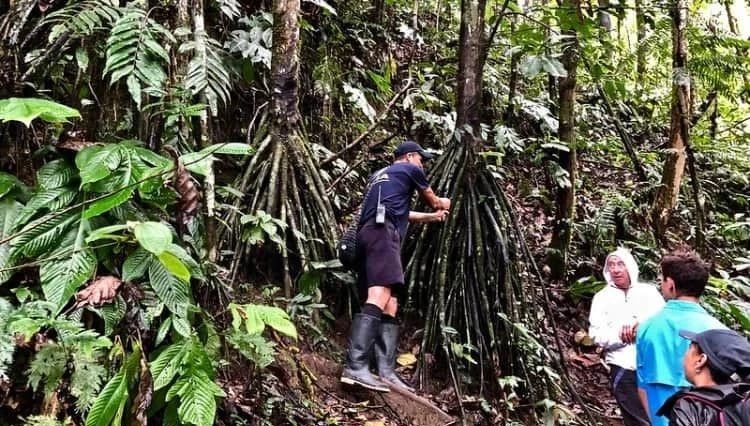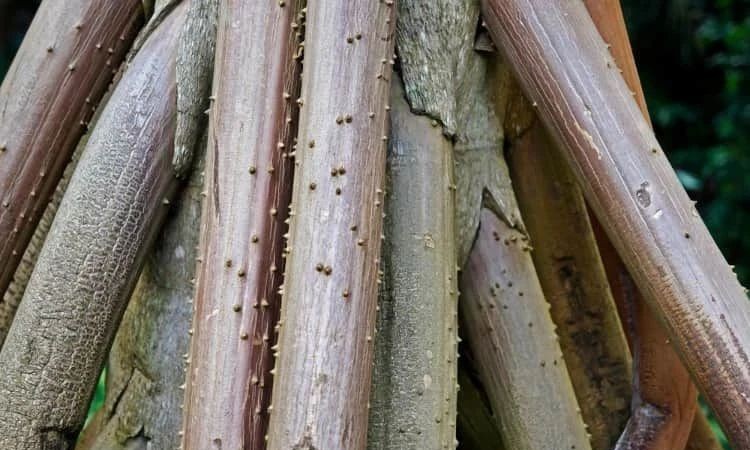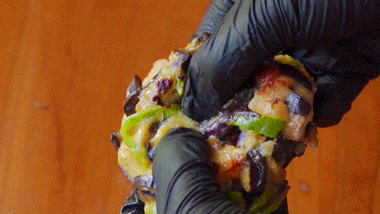When The Lord of the Rings hit theaters, fans were enchanted by the walking, talking “Ents” of Middle-earth. But did you know there’s a real-life tree in Central America and South America that’s rumored to walk through the rainforest? Meet the so-called Walking Palm Tree, scientifically known as Socratea exorrhiza — or cashapona.
It can grow up to 24 meters (79 feet) tall, and legend has it that it can “walk” to sunnier spots. But is there any truth to this? Let’s find out.

The Legend Behind the Walking Palm
The myth comes from its strange stilt roots — long, sturdy columns sprouting from the trunk, sometimes starting several feet above the ground. These roots make the tree look like it has dozens of legs, as if it’s striding across the forest floor.
For tourists visiting tropical rainforests, this tree is often a must-see. Local guides tell colorful stories about how it creeps toward sunlight, growing new roots in that direction while letting old ones die off. Some even claim it can move up to 20 meters (65 feet) a year.

Early scientists believed these stilt roots evolved to help the tree survive flooding in rainforest conditions. Others thought they might allow the tree to reach more sunlight without thickening its trunk, or to anchor itself better in swampy, debris-filled ground.
The 1980 Hypothesis
In 1980, anthropologist John H. Bodley proposed a theory: the tree’s roots might help it “move” after being knocked down by a falling tree. According to him, if a trunk is damaged, new stilt roots sprout from the leaning side, while the old roots die. The growing point then shifts toward the new root zone, effectively “relocating” the tree a short distance.

Eyewitness Accounts vs. Scientific Doubt
Most scientists reject the idea. But Peter Vršanský of the Slovak Academy of Sciences claims he’s seen it. When soil erodes, new roots grow into stable ground. Over years, the trunk leans toward them, leaving old roots hanging. No one has filmed this “walking,” and no study has confirmed it.

The Scientific Verdict: It’s Just a Myth
Biologist Gerardo Avalos, director at the Atenas Center for Sustainable Development, is one of the world’s top experts on the walking palm. His 2005 study in Biotropica concluded the tree doesn’t move at all — roots may die on one side, but the trunk stays rooted in place.

If the walking palm really moved 20 meters per year, as claimed, over 50 years it would travel 0.6 miles — something locals would surely notice. Instead, Avalos believes the “walking” story is mostly a fun rainforest tourist tale. The true purpose of its stilt roots remains a mystery, but one thing is certain: they’re not for walking.



















